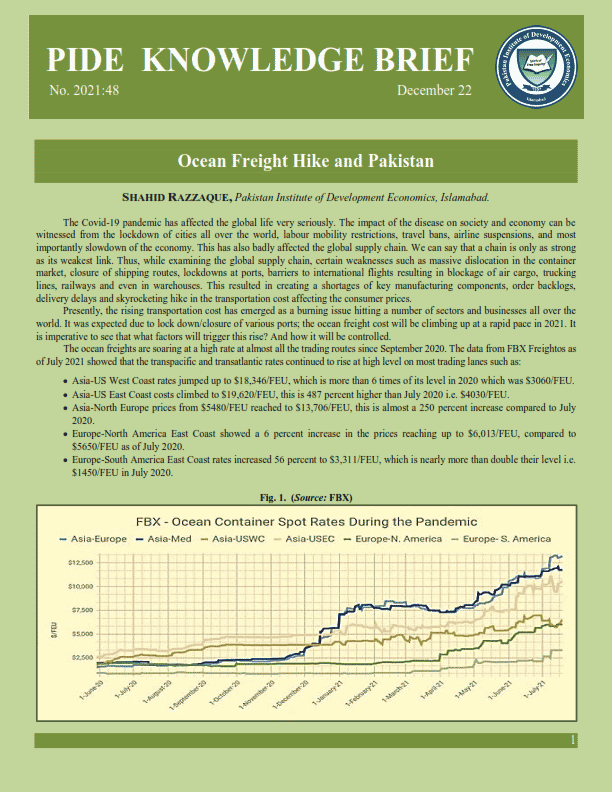Ocean Freight Hike and Pakistan
Ocean Freight Hike and Pakistan
The Covid-19 pandemic has affected the global life very seriously. The impact of the disease on society and economy can be witnessed from the lockdown of cities all over the world, labour mobility restrictions, travel bans, airline suspensions, and most importantly slowdown of the economy. This has also badly affected the global supply chain. We can say that a chain is only as strong as its weakest link. Thus, while examining the global supply chain, certain weaknesses such as massive dislocation in the container market, closure of shipping routes, lockdowns at ports, barriers to international flights resulting in blockage of air cargo, trucking lines, railways and even in warehouses. This resulted in creating a shortages of key manufacturing components, order backlogs, delivery delays and skyrocketing hike in the transportation cost affecting the consumer prices.
Presently, the rising transportation cost has emerged as a burning issue hitting a number of sectors and businesses all over the world. It was expected due to lock down/closure of various ports; the ocean freight cost will be climbing up at a rapid pace in 2021. It is imperative to see that what factors will trigger this rise? And how it will be controlled. The ocean freights are soaring at a high rate at almost all the trading routes since September 2020. The data from FBX Freightos as of July 2021 showed that the transpacific and transatlantic rates continued to rise at high level on most trading lanes such as:
Asia-US West Coast rates jumped up to $18,346/FEU, which is more than 6 times of its level in 2020 which was $3060/FEU.
Asia-US East Coast costs climbed to $19,620/FEU, this is 487 percent higher than July 2020 i.e. $4030/FEU.
Asia-North Europe prices from $5480/FEU reached to $13,706/FEU, this is almost a 250 percent increase compared to July 2020.
Europe-North America East Coast showed a 6 percent increase in the prices reaching up to $6,013/FEU, compared to $5650/FEU as of July 2020.
Europe-South America East Coast rates increased 56 percent to $3,311/FEU, which is nearly more than double their level i.e. $1450/FEU in July 2020.
Fig. 1. (Source: FBX)
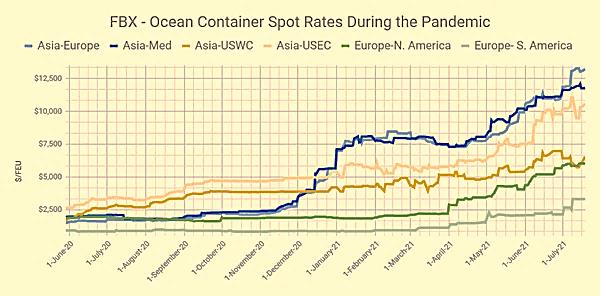
The ocean freight rates increased dramatically until Q4 2021 due to two peak seasons. There are two busiest periods for the international freight business which are called as the PEAK SEASONS. The first lasts from mid-August to mid-October of every year as a peak holiday retail season. The second is the lunar new year lasting from January to February, when the global demand remains strong resulting in high demand for the containers and raising of ocean shipping cost.
The year 2021 remained a challenging year for both importers and exporters due to consistent increase in the freight charges. It is important to highlight that the 80 percent of all the goods around the world are transported through sea routes. The random lockdowns due to Covid-19 has disturbed the global trade balance by halting the production processes pushing the ocean freight rates up significantly. This has further disrupted the demand and supply for goods pushing the shipping companies to decrease their capacity on the major routes. Furthermore, port delays and closures have also created a shortage of return cargo from destination ports and availability of empty containers for exports.
Meanwhile, since the recovery of global trade is slowly picking up the pace created an unprecedented increase in the demand, thus creating a strong competition among companies in their ocean freight capacity. This is also one of the reason that the ocean freight charges have been on an increasing scale compared to 2020. Another problem that cracked in the disruption of the global supply chain is the shortage of containers. The shipping containers are the backbone of the global trade. The average price for a Chinese made 40 feet container has reached to $6000 which is more than double compared to the prices in 2016. Post lockdown jump in the demand with lower container turnover caused the prices to increase rapidly. At the same time, thousands of the containers are still struck in the wrong places/ports due to congestion at various ports across the trading routes.

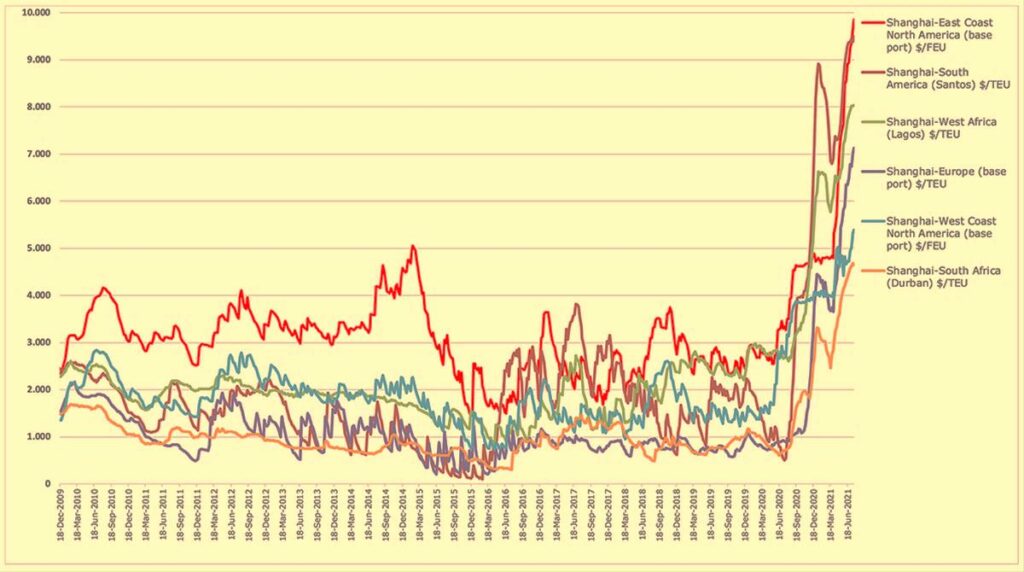
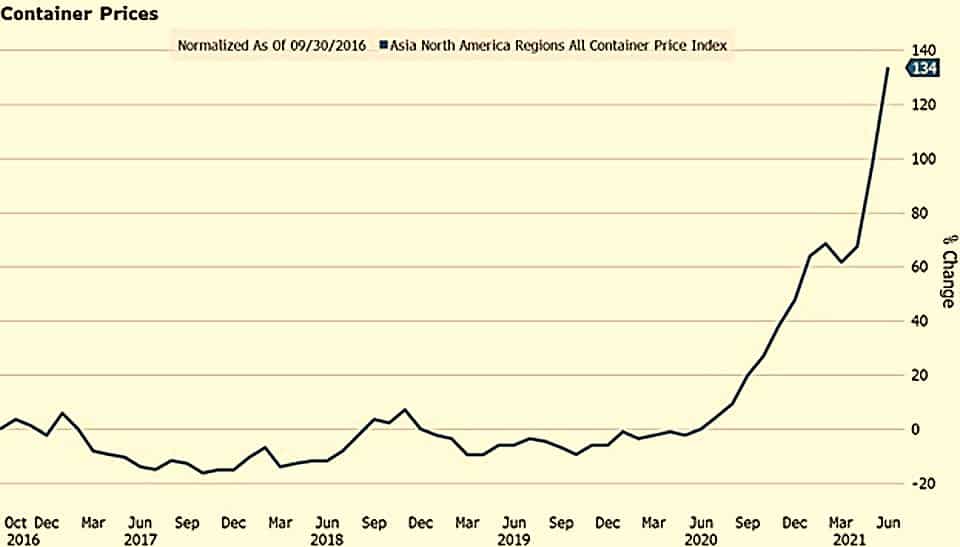
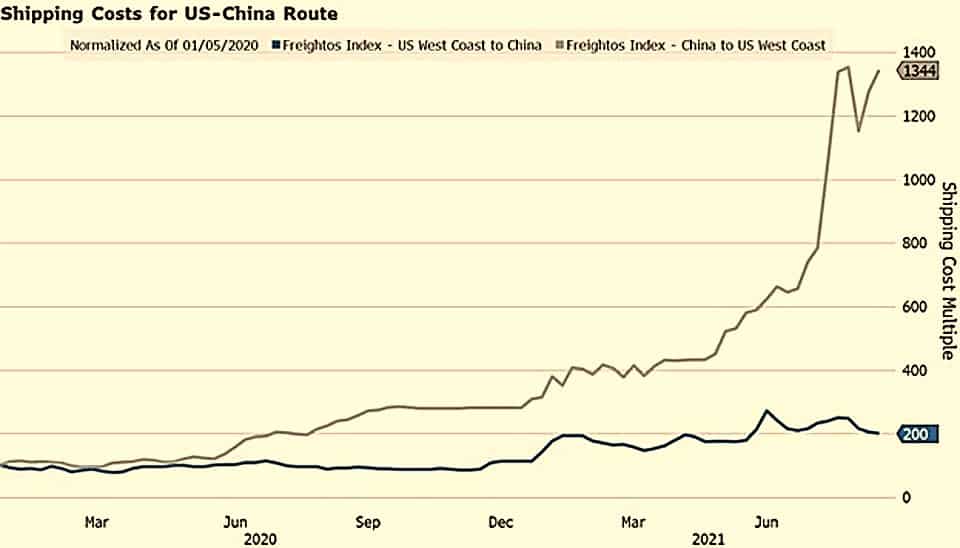
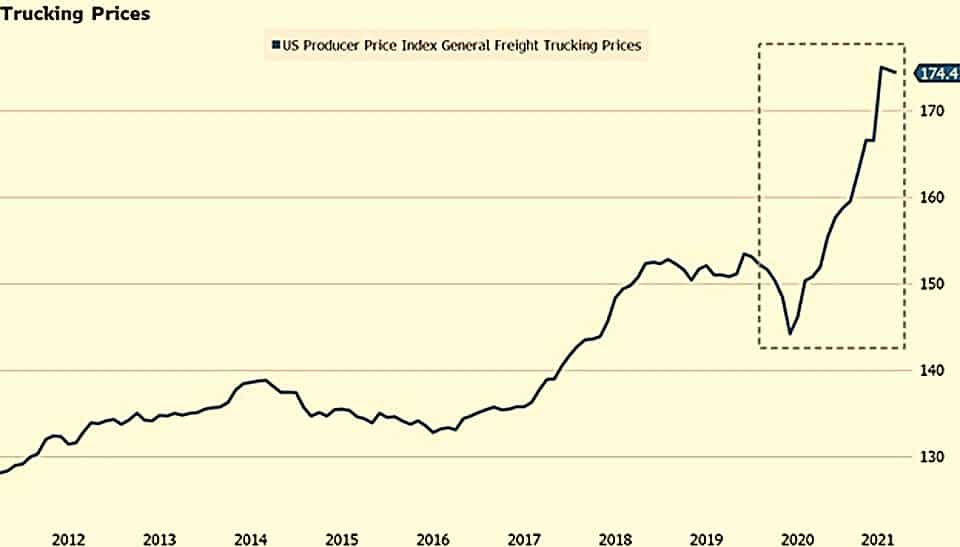
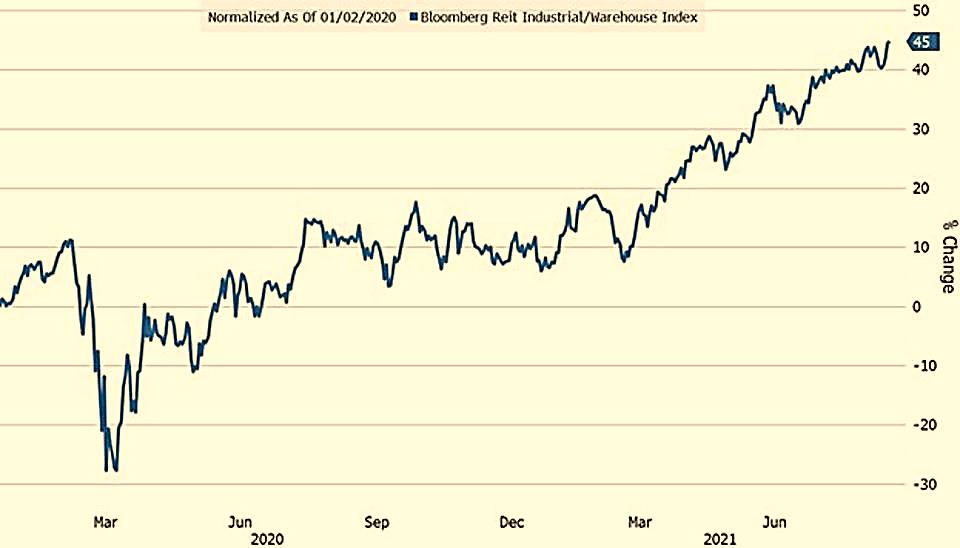
Shipping containers are considered as the life line for the global trade means that almost all of the items traded around the world are transported through the containers via sea, railroads and highways. But among the aftermaths of Covid-19 the biggest of them all that affected the global good transportation is the shortage of shipping containers. This resulted in increasing the freight rates and eventually raising the prices of the transported goods and directly impacting the inflation all around the world. This is not an issue that there are not enough containers in the market rather the problem is the availability of enough containers; means that the containers are at the wrong spot creating an imbalance in the container market. It has been observed that there has been a massive buildup of containers in those ports where are not supposed to be. The lockdown of industry by the China and many other neighboring countries in response to COVID outbreak made the cargo ships that were already on their way had dropped off hundreds of thousands of containers full of goods in ports across the Americas. Due to the pandemic restrictions imposed, these containers remained struck at those ports and were not sent back with the new items. Now with the revival of economic activities around the globe the companies are struggling to load and unload containers fast enough to keep up with the demand because of congestion at the ports. Resultantly, containers continued to pile up at major import centers badly decreasing the major exports.
Presently, almost 80 percent of the shipping containers are manufactured by Chinese companies. Although, these Chinese container producers have made a record production but still they are unable to meet the shortage. There has been an expectation that the situation will improve gradually but not in 2021 with additional vessels and containers entering the market in 2022.
CASE OF PAKISTAN
Pakistan is no exception to the disruption of global supply chain due to increase in the freight rates and shortage of containers. This has diluted the positive fruits of the actions/measures taken by the Pakistani Government to keep the economy on a track of progress during pandemic. Along with the mentioned problems the Pak rupee depreciation has drastically affected the prices of imported raw material hurting the industrial production and making finished goods more expensive.
The soaring freight charges, port congestion, shortage of ships and containers have resulted in long delays in the arrival of shipments. Thus, the increased production cost negatively affecting the supply chain and the manufacturers-cum-exporters are left with no option just to pass this burden on to the consumers.
While looking at the delivery time and freight rates, it has been observed that there has been on average 400-600 percent increase in the global freight charges alongside with considerable delays.
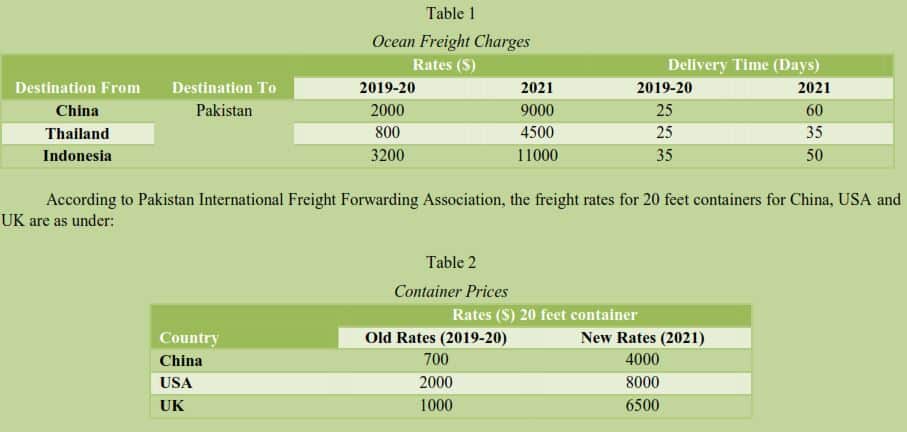
The revival of the Pakistani export sector has been under serious pressure. Pakistani hosiery and textile sector has been flooded with the international orders due to shifting international partners towards Pakistan as situation of Covid in India and Bangladesh has put these countries in a state of lockdown. But the problem of Pakistan is also serious, there are shortage of shipping containers and soaring freight rates are making Pakistani textile export less competitive. At the same time, the situation gives no apparent signal of any solution in the near future due to ever increasing prices of steel, that is also affecting the prices of new containers.
On the other hand, presently, China is the only country showing progressive growth. Therefore, their demand for containers is also on the higher side. On top of that Chinese exporters are willing to pay higher freight and container rates. In response, majority of the shipping companies are deploying their maximum resources for China in order to earn more profits. It is important to understand that the freight rates in Asia-Pacific region are directly linked with China and if China is willing to pay higher rates, so then the overall global market has to suffer both on freight rates and container supply.
At the same time, it has been noticed that the Pakistani importers and exporters on average pay around $5-6 billion every year in terms of freight charges and there seems no immediate decline in the current hike of freight rates. Thus, this situation is affecting the Pakistan’s economy badly with decrease in the export of Pakistani rice fruits, readymade garments and knitwear etc. Moreover, the manufacturers of cables, cutlery, steel and marble industry have informed the Govt. that they have left with only one-month stock of raw material and intermediate goods and has requested to take necessary measures to streamline the import of these items.

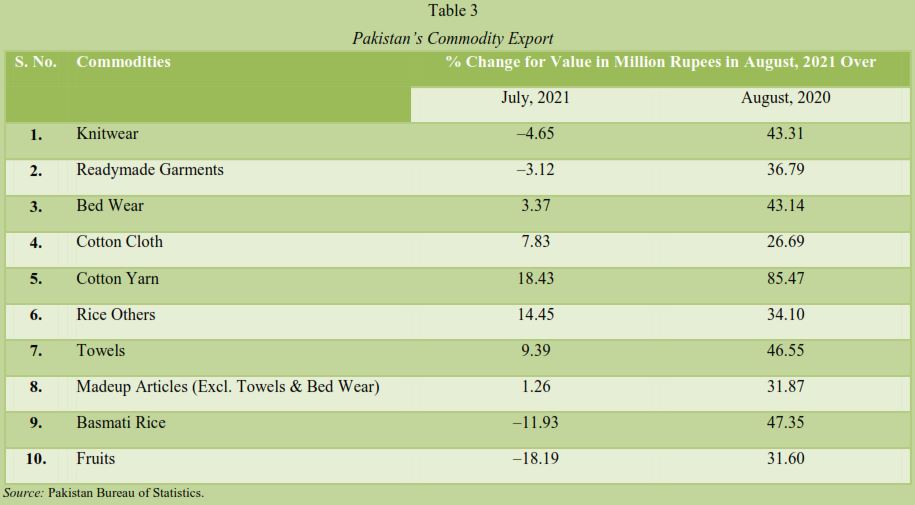

The question arises here is why there is limited supply of empty containers? The answer to this problem is that the majority of the goods exports are not so far been consumed at that pace as it was before the COVID situation. Since Europe and Oceania countries are almost closed for the last the last six months and the containers which were sent there are not coming back. Thus, created a serious shortage of empty containers.
What should the Govt of Pakistan do to ease the situation? This is a pertinent question and the answer to this is very simple i.e. Govt could do a very little. It is important to understand that the international shipping companies have formed a cartel (apparently) to bid high freight charges in the post Covid situation. However, the Govt of Pakistan may enhance the capacity of Pakistan National Shipping Corporation (PNSC) by enabling it to acquire containerised ships on rent and operate the ships on China, Middle East and European routes. PNSC must be instructed to prioritise the export items for delivery and PNSC ships must be given preference on the ports and terminals. PNSC must also be instructed to charge the freight on the pre Covid rates as it is expected that the due to increase in the prices of the containers the PNSC will charge higher freights from the Pakistani exporters.
REFERENCES
- https://artexnaman.com/ocean-freight-rates-continue-skyrocket-2021
- Pakistan Bureau of Statistics.
- https://www.forbes.com/sites/garthfriesen/2021/09/03/no-end-in-sight-for-the-covid-led-global-supply-chain-disruption/?sh=6b493c673491
- Pakistan International Freight Forwarders Association -PIFFA “Survey Report On Effects of Covid-19 On Freight Forwarding & Logistic Services” 2020.
- https://blogs.oracle.com/scm/post/3-global-trade-challenges-to-overcome-in-2021
- https://qz.com/2027205/a-shipping-container-shortage-is-snarling-global-trade/
- https://tribune.com.pk/story/2289594/freight-rates-jump-up-to-700
- https://www.statista.com/statistics/1250636/global-container-freight-index/


